The Digital Construction Awards attracted 165 entries this year, 84 of which have been shortlisted. Here, we detail the shortlisted entries for Digital Consultancy of the Year.
Digital Consultancy of the Year rewards the consultancy that has demonstrated excellence and helped their client(s) transform their businesses or projects by adopting digital processes and technologies.
Seven consultancies have made the shortlist.
BIMBox

This year marks BIMBox’s tenth anniversary. With a team of 20, it worked on 120 projects from March 2023 to March 2024.
The consultancy highlighted its work on four projects. First, on the Citi Tower project for Citigroup – one of the largest workplace refurbishments in Europe – facilitated in part by more than 80 models. By adhering to ISO 19650 standards, BIMBox ensured coordination and information management across the technical design phase, facilitating the delivery of a world-class digital asset. Innovative smart building integrations were integrated to futureproof the building, enhancing its functionality and sustainability.
As of January 2024, BIMBox has resolved more than 10,000 clashes on the project.
Second, BIMBox highlighted the Eden project (pictured above), which aims to create the greenest office building in Manchester. A digital approach was essential to manage the project’s complexities and ensure accurate decision-making throughout every stage of the project. Challenges included minimising rework, supporting decision-making, and maintaining accurate documentation.
Third, BIMBox was information manager on the Frimley Park Hospital project, which is a wholly modular build. A digital approach was crucial to ensure precise coordination among different disciplines and optimise resource utilisation. BIMBox facilitated streamlined processes, issue tracking, and clash detection. Challenges included managing multiple 3D models and promoting collaboration across the supply chain.
Finally, the consultancy worked on the West Coventry Academy project, which accommodates 1,500 students, and is one of the first net-zero carbon schools for the Department for Education. A digital approach enhanced coordination, minimised risks, and supported decision-making throughout the project. Challenges included coordinating diverse discipline models and ensuring compliance with stringent standards.
DDC Solutions
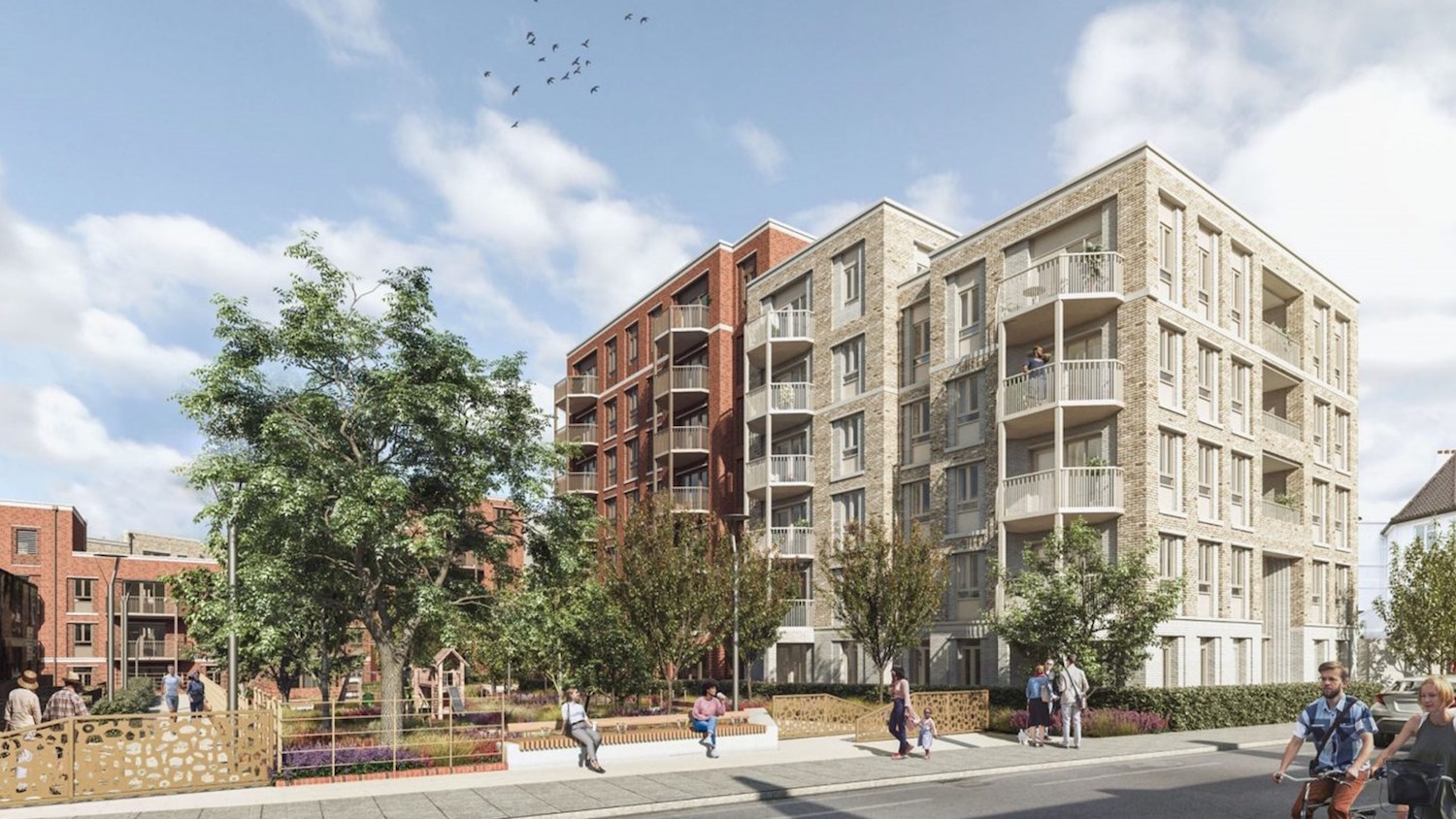
DDC Solutions (DDC) has worked as third-party information manager for Higgins Partnerships since 2019, providing support with the latter’s BIM implementation and information management processes across multiple projects (nine in 2023).
The consultancy has integrated with the Higgins team, delivering training to upskill Higgins employees across various roles to increase their BIM awareness and build their capacity and capability to generate and manage building data during each project.
DDC has also provided clear guidelines and standards for the information coming from the design stages across multiple projects, ensuring that it met the requirements of each project. If the information was not up to standard, DDC provided resources and processes to enable the designers to update it quickly and efficiently. This helped to avoid delays and budget overruns.
With DDC in place, Higgins did not have to spend time evaluating the capabilities and capacities of design teams. Any designer who joined the project had access to standards and resources that enabled them to deliver the necessary information on time.
The consultancy provided technical resources, training, support, and clear communication, enabling subcontractors to take on the design models.
DDC identified numerous clashes across the nine projects, ensuring that no building components were interfering with one another. This proactive identification prevented potential disruptions, minimised the need for rework, and significantly improved overall project efficiency.
DDC’s sister company, Survey 2 Plan (S2P), provided detailed 2D plans and 3D models, pinpointing the exact locations of subsurface utilities. S2P enhances these offerings with its utility mapping service, integrating with topographical surveys and building measurements.
Glider
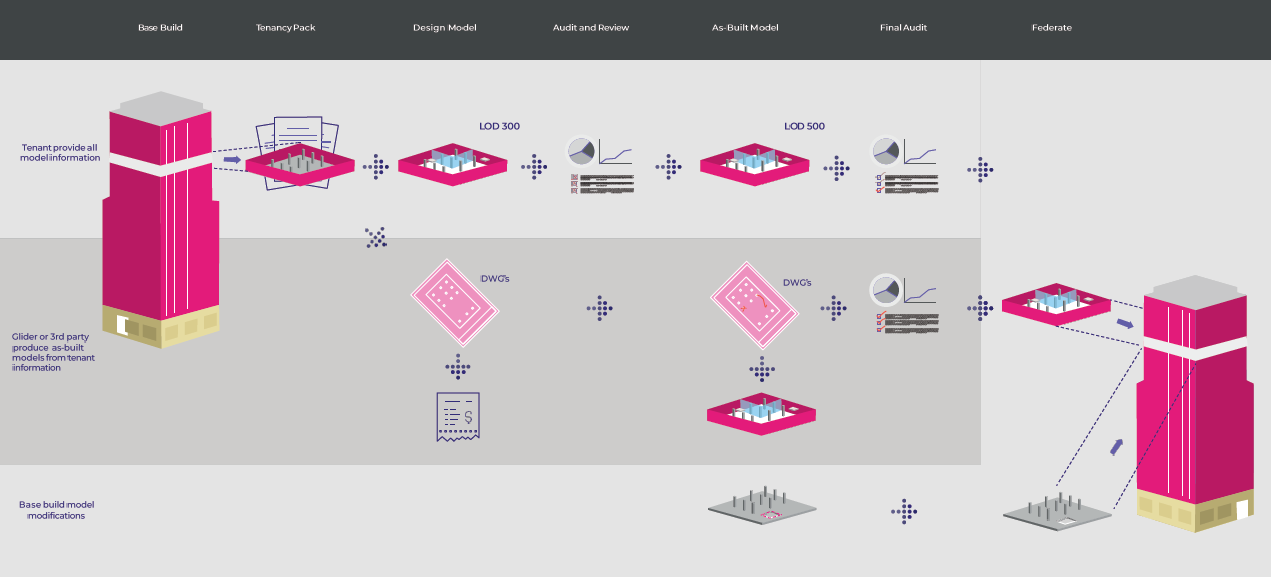
At 22 Bishopsgate, Glider received a vast dataset upon project completion. That dataset comprised tens of thousands of drawings and more than 400 individual models, each containing many thousands of attributes.
Within three years of handover, approximately 30 tenants were expected to have moved in, requiring numerous changes to the information model that was handed over from the contractor, as well as the incorporation of 30 new information models from 30 different supply chains.
The challenge was to maintain the asset information model while simultaneously accommodating large alterations to 10 floors by 10 different tenants simultaneously. A huge coordination effort was necessary to run what effectively amounted to 30 mini-projects with smaller supply chains, some of which have limited capabilities in BIM.
To address this challenge, Glider introduced an asset data management service to facilitate communication between fitout contractors and delivery teams, streamlining information deliverables, and clarifying stakeholder responsibilities.
This necessitated the development of a digital strategy defining how the base build models, tenant models and asset registers would update and enhance the existing dataset. Glider also managed the development of the tenancy fitout BIM Execution Plan (BEP), which differed from a traditional BEP in that it had to consider both the base build information and the varying levels of information issued to tenant teams.
Furthermore, by implementing the GliderBIM platform as the asset information management CDE, Glider was able to streamline the number of existing document management platforms.
Ultimately, Glider has provided the client with an up-to-date data room that enhances the value of the building, reducing risk when eventually there is a transfer of ownership.
Majenta Solutions
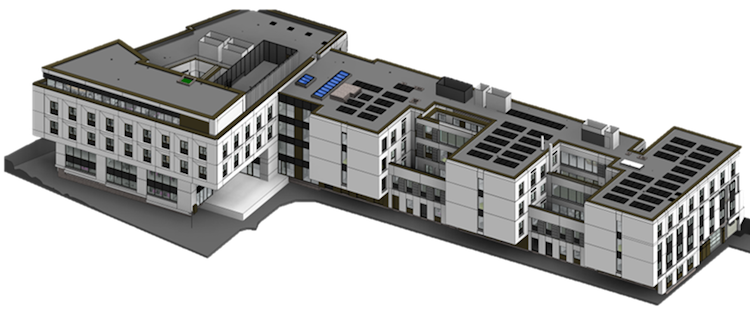
Majenta reviewed the current state of information at the Camden & Islington NHS Trust and provided support to enhance information management across project lifecycles and maintenance phases.
Majenta’s focus encompassed understanding estate requirements, refining workflows, improving document control, fortifying records management, optimising asset information management, and implementing digital construction practices.
The objective was to identify and streamline processes, documentation, software, training, and support necessary for elevating the Trust’s operational readiness in these areas. This effort was focused by the imminent delivery of two significant projects, one at the Lowther Road site, working alongside Kier Construction; the other at Highgate East, working alongside BAM Construction. Through strategic guidance and collaborative efforts, Majenta facilitated an overhaul, ensuring the Trust’s adaptation to information management.
One significant challenge lay in the reliance on paper-based operation & maintenance (O&M) manuals, leading to inefficiencies in accessing and updating essential asset information. This reliance on manual coordination by one individual further exacerbated the issue, creating silos and hindering collaboration. To address this challenge, Majenta proposed a digital approach, with the suggestion of storing O&M manuals on MiCAD and providing end-user training for streamlined access and updates.
Other actions taken by Majenta include:
- the creation of Asset Information Requirements (AIR) and Employer’s Information Requirements (EIR) to set clear guidelines and scope for asset data management, ensuring consistency and reliability across projects;
- updating the CAD standard and establishing a single source for storing as-built drawings to ensure consistency and accessibility of critical information; and
- developing comprehensive BIM standards and documentation, which set clear guidelines for project delivery and data management.
One Creative Environments

One Creative Environments embarked on a R&D project, using its own HQ as the testbed, to build a genuine digital twin from scratch.
One discovered that the solution was not simple and involved an array of technologies, skillsets and platforms.
Indeed, it quickly realised that each technology item was not interoperable out of the box. Each key point in the technology chain required data to be input in a specific way. One therefore used existing solutions (such as MS Azure and its data management tools) and developed several of its own data adaptors.
Furthermore, it realised it was its multi-disciplinary skillsets that held the key to combining these existing technologies to allow a new workflow to be created. One’s architects create 3D assets rich with data, its FM consultants understand what information is required and how this is used, its engineers understand how to calculate and evaluate the value of design interventions. Its in-house software developer is able to create bespoke scripts and data adaptors, and its in-house digital estates professional is able to design user-friendly interfaces and lead the project to ensure the outputs are providing the data required and can be managed in a way that adds value.
ONE TwinVis is the outcome – not just a piece of software, but a fully supported consultancy service that aims to unlock clients’ ability to explore digital twin solutions.
Queenswood
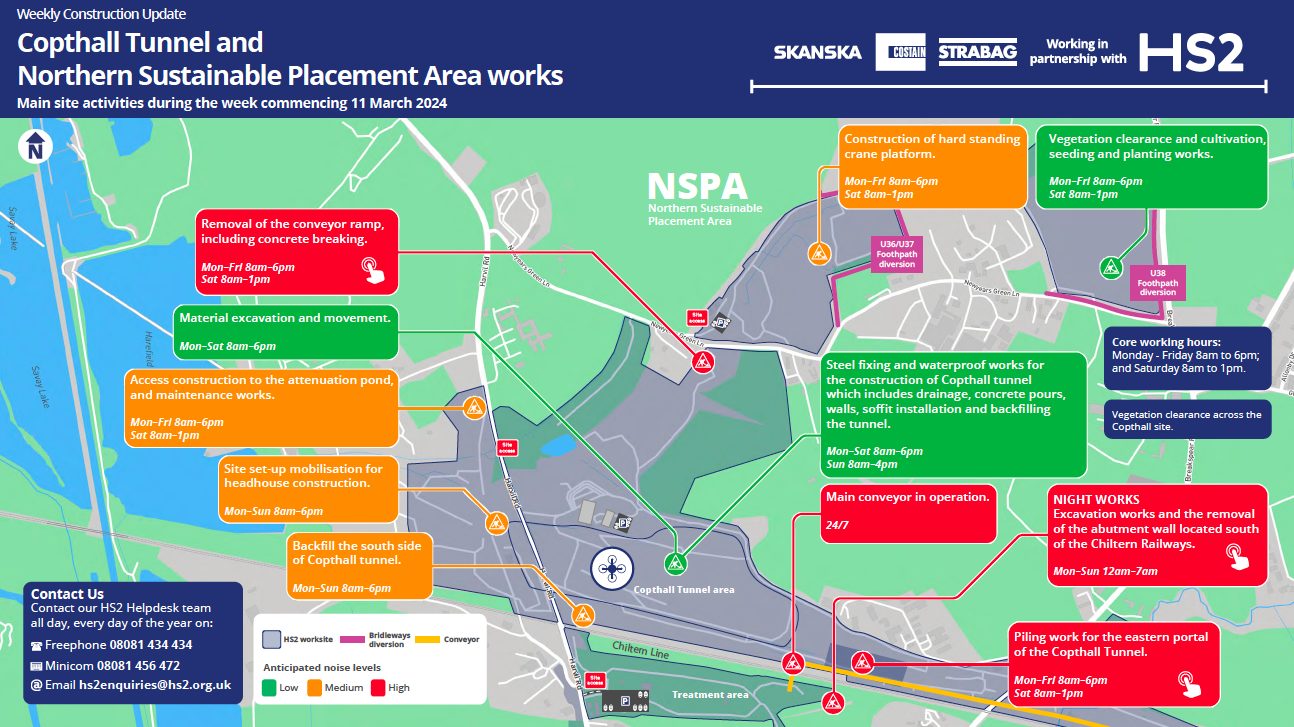
A key role was played by Queenswood in minimising project delays on HS2 by improving engagement with local councils and communities affected by the megaproject’s construction.
Queenswood’s key objective was to pull detailed works, logistics and programme information from contractors impacting the council areas and collate and repackage that information into a single, easily understood source of truth. The consultancy’s approach aided councils’ understanding of the cumulative impacts from the multiple contract areas, including elements such as multiple road closures on parallel routes, or HGV movements related to works. This demonstrated to the consenting authorities that works were coordinated with community impacts in mind – a key contention in many of the disputes that arise between a major project and local stakeholders.
To achieve this, Queenswood staff embedded themselves within the works and logistics teams to fully understand the key construction and delivery challenges, and convert such dry, complex and difficult-to-understand information (eg P6 programmes, traffic management plans, construction methods) into digital visualisations.
The visualisations had to be understood at the simplest levels, facilitating two-way conversations with the consenting authorities and the communities they represent so impacts could be discussed and mitigated to minimise the impact on the project and the public, building trust and reducing resistance to the project.
Queenswood’s work was embraced by Buckinghamshire Council and Hillingdon Council with key consents unlocked for HS2.
Spanswick
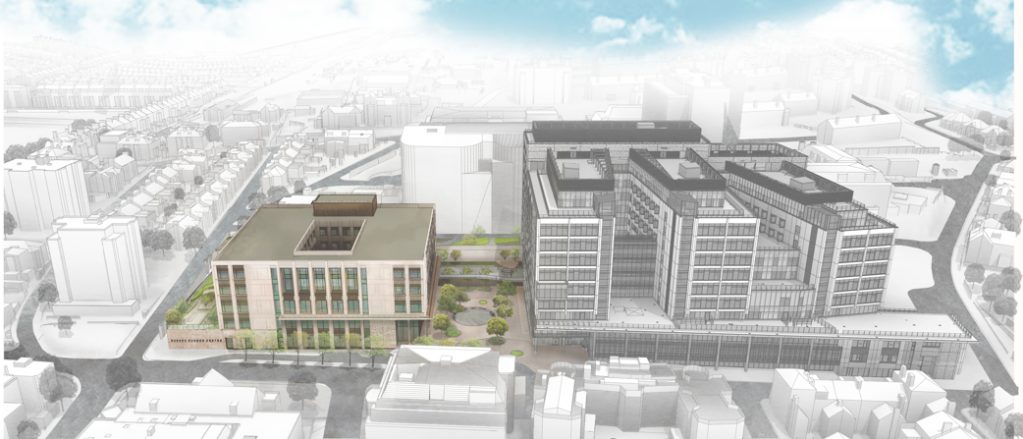
Spanswick is a digital healthcare design consultancy, specialising in digital strategy and innovation for new build hospitals.
The collaborative efforts between Spanswick and the clinical and operational team at University Hospitals Sussex NHS Foundation Trust led to the development of the digital vision for the new Sussex Cancer Centre.
From the evaluation during the discovery phase of the project’s requirements to the visioning and analysis phase, through coaching and educating the team, new planned models of care were reviewed, challenged, and defined in terms of digital enablement with the use of detailed personas, journey maps, and a digital infographic.
It was essential that staff and patients felt that the process outcomes belonged to them and that the digital strategy supporting the vision could be easily communicated to a much wider audience.
This partnership enabled the stakeholders to co-design the new Sussex Cancer Centre, ultimately transforming patient and healthcare staff’s experiences.
Celebrate with the best
The winners of the Digital Consultancy of the Year category, alongside the victors of the other 12 categories, will be revealed at the awards dinner on 2 July at the Brewery in London.
You can join them by booking your places at the awards.
The Digital Construction Awards celebrate best practice and reward innovation in the application of information management and digital technology in the built environment sector.
The awards are run by Digital Construction Week, the Chartered Institute of Building (CIOB), and Construction Management and BIMplus.
Awards sponsors include Bluebeam, Procore, Revizto and the CIOB.












